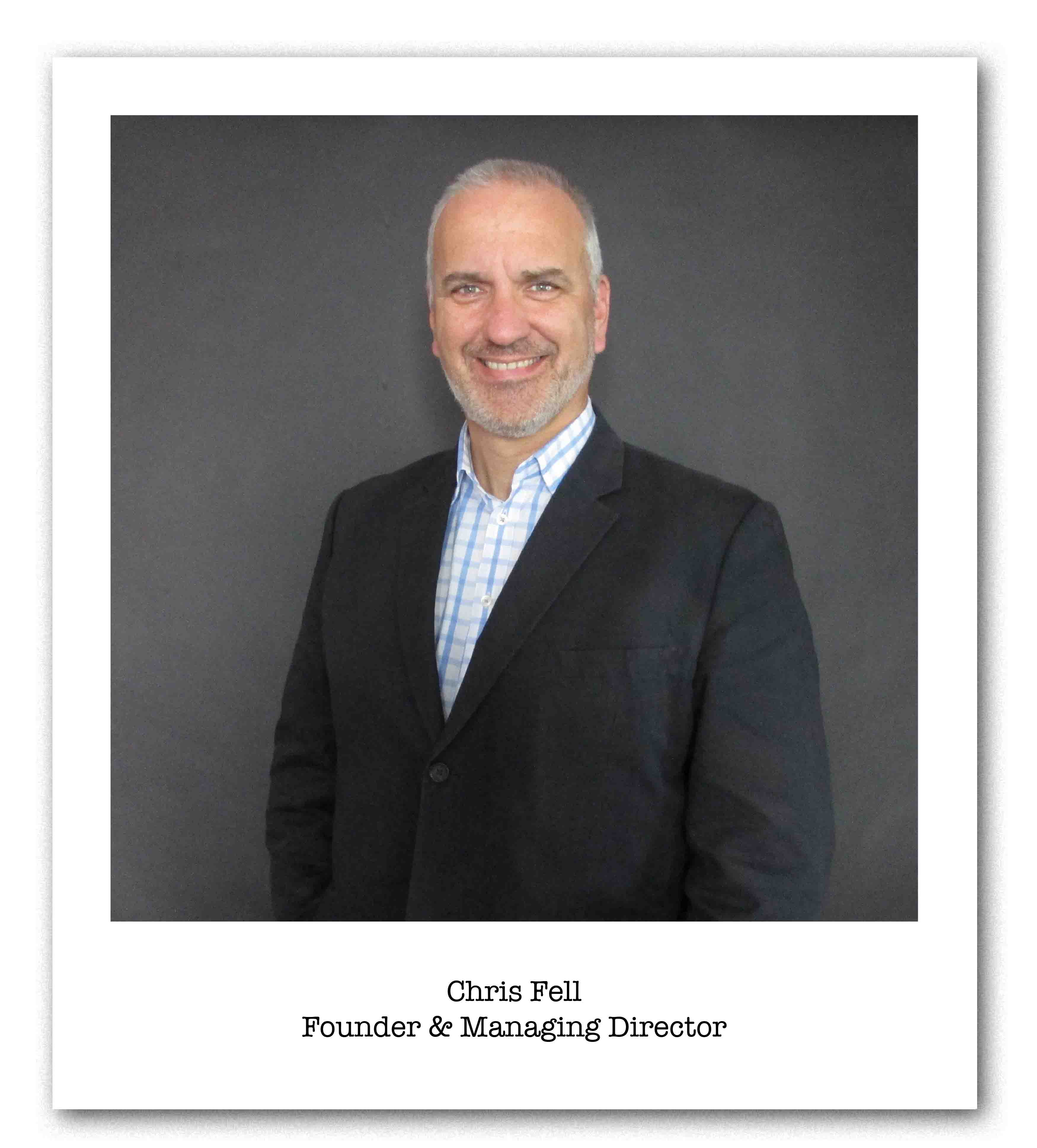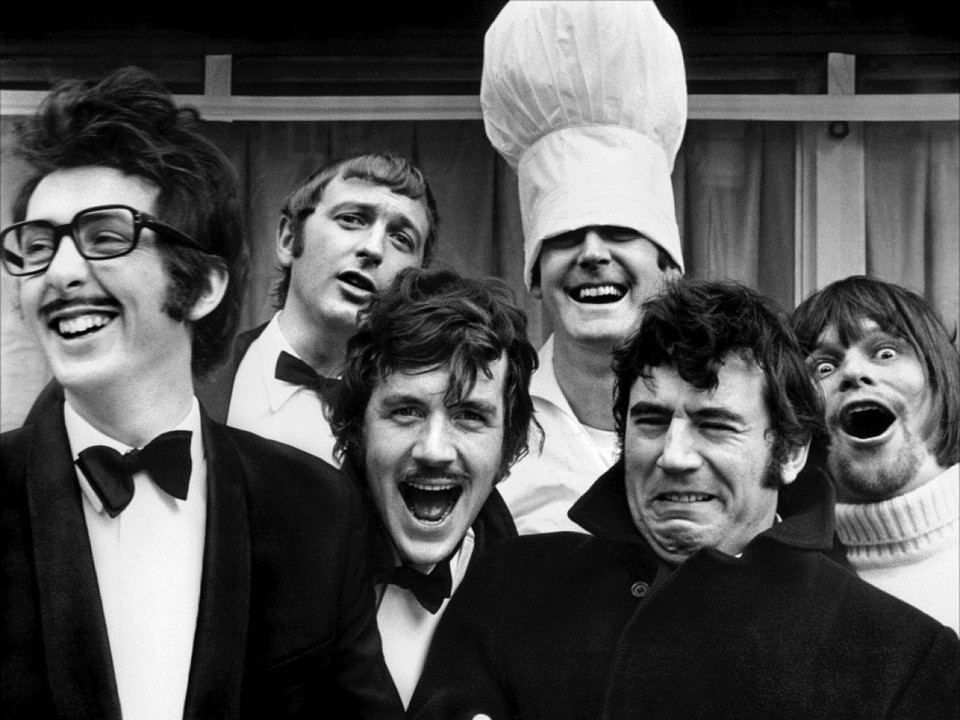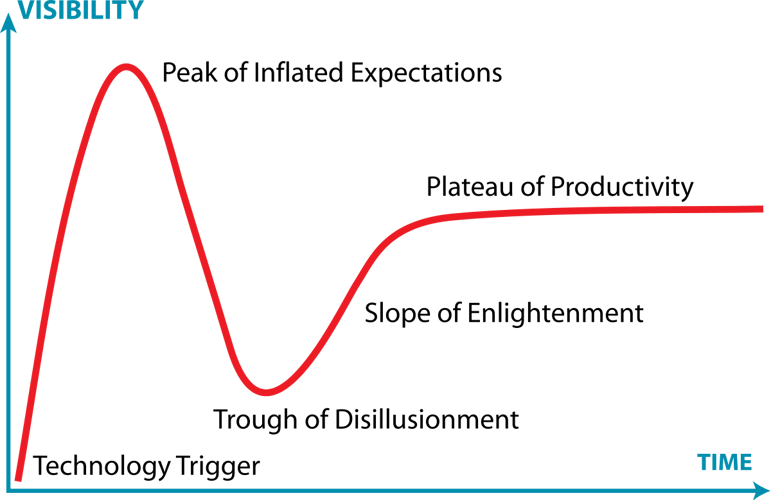BECOME W.I.S.E.R. with Your AI Prompts - A guide for sales managers
Everyone’s wittering on about AI like it’s the second coming. But here’s the rub: if you give it half-baked prompts, you’ll get half-baked answers....
6 min read
 Chris Fell
01/07/2018 11:59:00 AM
Chris Fell
01/07/2018 11:59:00 AM

Perhaps only a few of the most "experienced" B2B marketers (a.k.a. old) may remember Monty Python's classic Parrot sketch, when the shop owner declares "That parrot isn't dead...it's just resting!" Many B2B Content producers are openly questioning if content marketing is in fact dead. It certainly feels that content has failed to deliver the expected returns it promised in terms of brand awareness, new visitors and leads. Its under increasingly intense scrutiny from those who have to pay for it, and those who produce it.
Is B2B content dead or just resting?
Content used for sales and marketing is hardly a new concept in the world of B2B. But where do we sit in the latest digitally driven iteration of content? Gartner have become well known for their Technology Hype cycle, even though as a concept it has been around for many years before they started using it and is applicable to many different sectors, not just technology.
The Hype Cycle argues that there is a rush of initial enthusiasm for a technology which leads to over zealous adoption and the inevitable "peak of inflated expectations" which is followed soon after by the equally inevitable hangover they call the "Trough of disillusionment".
Before the smart guys realise that actually, there is a better way of doing this (in classic Gartner puff,) the "slope of enlightenment" followed finally by the "Plateau of productivity" where all the hard work turns into real gains for the investing organisation.

By now you may well be thinking of any number of examples of this cycle in your own experience. It works well as a concept because its inherently aligned to our experience. So many times our initial enthusiasm for a new and better way of doing things seems to disappoint and it isn't until we've had to swallow the bitter pill of disappointment that we pick ourselves up and apply ourselves once more to the challenge.
And so it is with B2B Content. We are in the trough of disillusionment where over 80% of B2B marketers have invested in content but less than 40% say they are satisfied and feel they have earned a suitable return in their investment. If that isn't a disillusioned bunch of people I don't know what is. Content, it seems at first glance, is definitely "resting!"
Random acts of content generation don't work!
But let's be clear, content, when done properly, remains the central plank to modern B2B customer lifecycle. Random acts of content generation simply won't work well as weapons in the highly competitive fight for the hearts and minds of our customers. You will fail and you will waste a lot of time and money in the process. Its is crucial that every firm has a crystal clear, documented, agreed and aligned content strategy that stretches across the organisation.
We all know by now (I hope!) that content is NOT about you, the supplier of goods and services, instead its all about the buyer, your customer. Its about keeping quiet about your own products and services and instead thinking about how you can solve your clients challenges and how you can help them achieve their goals.
The main mistake most B2B content producers make is they stop with their content after an initial engagement - the awareness stage. Instead they should carefully map the content journey into the critical consideration stage where your buyer is acknowledging they have a problem and that it's worth fixing, and they are actively looking for suppliers.
Even your sales proposal, where you might be forgiven for thinking its OK to discuss your solution, should be positioning your offer in such a way that in reinforces the buyer's list of key decision criteria. When your sales team has engaged and is building the value proposition, content is a critical piece of answering all the different stakeholder's questions.
At the final stage where a prospect is ready to ink the deal - content provides a vital role in removing uncertainty and managing any sense of risk a buyer might be experiencing at the 11th hour. Your content should be calming nerves by relying on solid 3rd party information and customer case studies to reassure the buyer they are making the right decision.
Secret #1: Make sure you have a content map for the full customer journey and that your marketing, sales and customer service teams understand and use the content to help customers.
We are an enthusiastic bunch who, by and large, believe in the products and services we sell. We are keen to engage with customers and tell them everything they could possibly need to know, usually all at once, in our favourite 75-page PowerPoint presentation.
But buyers are busy and overwhelmed with information. The secret is to say less, but to say precisely what the customer needs to know and understand at that particular point. So your messaging for your content must be developed before you start producing content and needs to map to each customer lifecycle stage. Its self evident that what a customer wants to know early in their research stage is quite different to the solution building phase or the final decision stage...(and different again when you are on-boarding them or renewing their contract.) Pre sales content messaging should be carefully designed to link your content together and build a compelling story for the customer in four ways:
Secret #2: Invest is fewer "Big rock" pieces of content, but carefully craft those pieces to deliver a punchy single message with a single purpose and that is to advance the buyer to the next stage of their decision. Use the intelligence gathered by your marketing automation platform and website to understand where your customer is in their buying journey.
Too many times great content remains invisible due to a poorly conceived and underfunded distribution and amplification plan. As you invest in carefully constructed (and generally expensive) "Big rock" content pieces across the full customer's journey its vital to have a fully crafted and suitably funded amplification plan to get your content into the hands, and in front of the eyes of your target customers.
Organic tactics such as SEO, LinkedIn posting and blogging are the bedrock of a long term distribution and amplification strategy, but increasingly a short, sharp, focused paid campaign using paid social channels and Google PPC provides the knockout one-two punch that delivers the best results. Equally, relying solely on paid is the single worst strategy as it is extremely expensive and of dubious benefit. Frankly, it's a lazy tactic when used in isolation and only works for as long as you pay, like renting a fancy apartment in a swanky suburb. Long term value is created via a solid organic strategy that builds value over time. Once you achieve momentum, that organic investment will pay you back for years, literally.
Secret #3: Spend more time and money on amplifying and distributing your "big rock" content pieces than you do on creating them.
There are few rules that work universally. Each vendor works in their own part of the market with their own buyers, in their particular part of the world. So what works for one won't for another. The one universal rule that does work for all is to measure everything that you do. A/B test everything. Install a culture in your content team of measure, analyse, adjust and retest.
Consumers of content are jaded, cynical and less and less likely to download the same old eBook, subscribe to a blogs or open an email unless you are piquing their interest. If you are going to scale the slope of enlightenment you have to spend some money experimenting with different form factors for your content. What you say shouldn't change that much, but the way in which you say it should.
Stretch your creative legs a little and try some other formats than the written word. Online tools where your prospective customer can enter their own firm's data into a calculator or similar tool can help that customer self diagnose the benefits the business might see if they changed their current approach. This is a great example of middle of funnel content where a buyer has worked out they have a problem but haven't been able to figure out of its really worth fixing.
Video is already finding its way into all aspects of content from case studies, video blogs anf short sharp videos for adding to a proposal for an important new opportunity. Video is harder to create than the written word, but worth the effort as it creates much more cut through than other formats. Video your next case study, or try a video blog once per month.
At the same time, email remains the single most important tool for engaging prospective customers (assuming they are at least slightly warm leads). But striking on a format that cuts through the avalanche of email we receive every day is going to require some creativity and an experimental mindset.
Secret #4: The only way you are going to know what does and doesn't work is to test everything you do and then test again.
Content is the vital fuel for your revenue engine. It educates and engages your target audience and helps convince them that working with your organisation is a wise investment. Equally generating content "fuel" without an effective engine to unleash its power is futile.
If you'd like to chat to us about how to build a revenue engine that's fuelled and ready to fire on all cylinders we'd be happy to chat through some ideas.
Contact Chris today for a chat about building (or improving) your revenue engine.
Subscribe to our latest news and updates on HubSpot.

Everyone’s wittering on about AI like it’s the second coming. But here’s the rub: if you give it half-baked prompts, you’ll get half-baked answers....

The business world is falling head over heels for AI—and who can blame it? With promises to reduce grunt work, uncover insights, and turbocharge...

Search is evolving - fast. For two decades, SEO has revolved around Google’s algorithm: keywords, backlinks, metadata, and page speed. But with the...